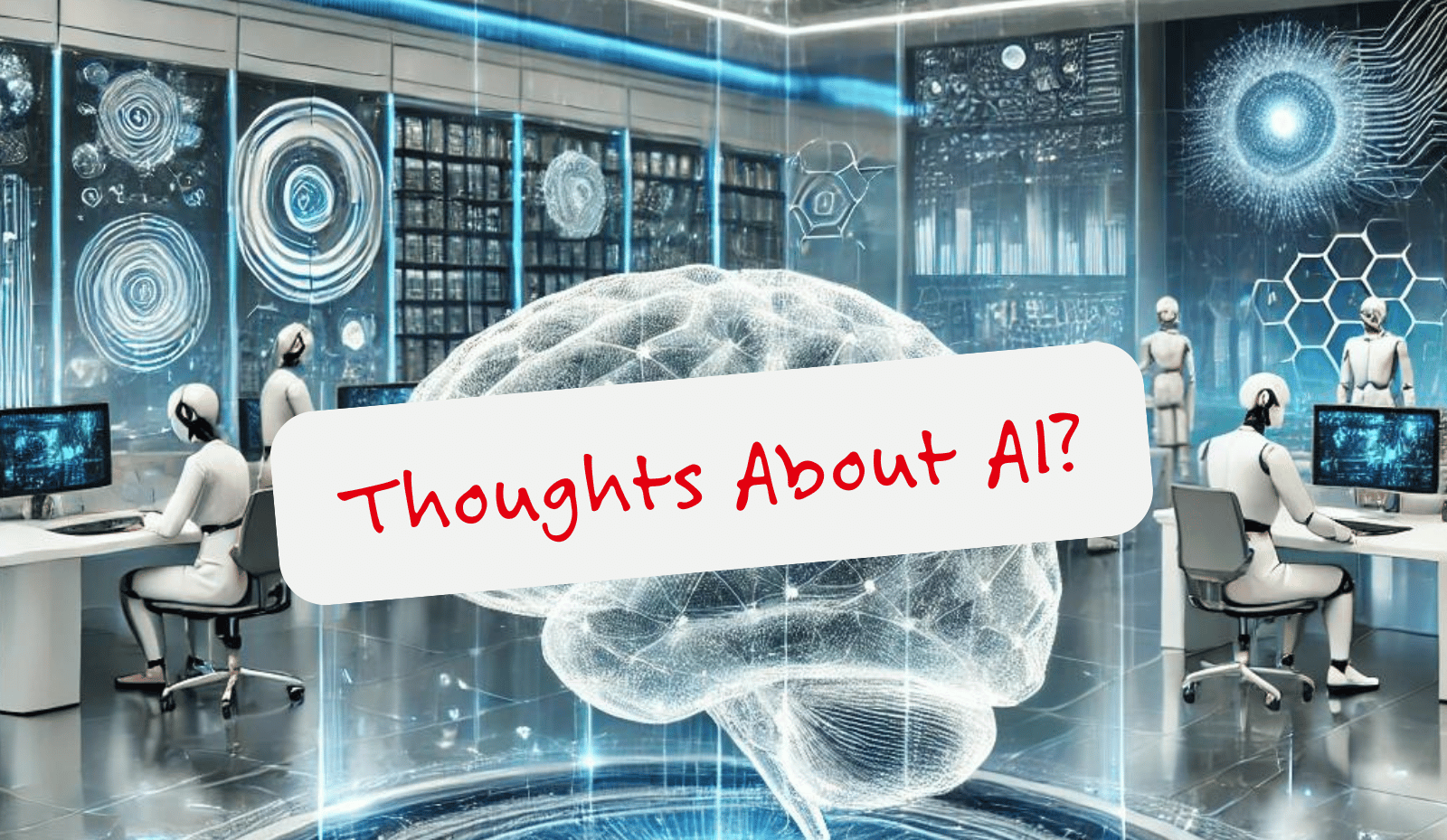This week our classmate Taylor Zerr shared information around the challenging topic of AI, and analyzing the ethics and morals when using ChatGPT. Taylor opened her presentation stating that AI is scary, which I found myself nodding in agreement with. When asked to think about AI at the beginning of this course, I too found myself thinking it was this scary, unknown technological advancement that was going to take over the world…. Do I still think it is scary? Yes. However, after spending the time throughout this course thinking critically about AI, learning more about how it truly works, and how there are benefits to us, I can feel my opinion on AI slowly changing.

Image from Elektor Magazine
In the Ted Talk titled “Cheating or Learning? Walking the AI tightrope in education”, Eric Winerö discusses the concept of AI being “the dragon or the knight” when looking at AI use in education and if it is considered cheating. Teaching in the primary end, I cannot say I have had much experience with students using AI with their assignments or that it is a concern… yet. However, as I navigate my new role as a student again, as well as how I am using AI as a teacher, the main ideas presented in this video combined with the discussion questions in class have helped me gain a better understanding of the various ethical ways in which we can be using AI.
Learning loss?
One aspect of Eric Winerö’s video that stuck with me, was that we need to recognize that learning involves overcoming obstacles, and that when we use AI to generate our product, we risk losing out on valuable learning opportunities. I liked his example of how teachers use AI to assess. He explains that although it is tempting to simply push a button and have assignments assessed for us, a vital part of being a teacher is recognizes and being aware of the mistakes our students are making, which is often found when assessing manually.
Does that mean I think AI should not be used by teachers for assessment? Of course not. There are ways to use AI to help build rubrics, provide clarity of curricular outcomes, or providing formative feedback when time is limited, but I think the critical piece here is that we are taking the time to actually review was is being provided by AI and thinking critically whether the information accurately depicts what we were are wanting.
Chris Kennedy shared a video on his blog of teachers sharing their experience using AI (Magic School) in their classroom. This was a great way to see some more practical examples of how teachers are using AI in the classroom, but also the various levels in which teaching are using it.
Model, model, model!
We know the concept of using AI in the classroom is complex as it depends on the context in which it is being used and will also differ between teachers. Thinking of my own experience in the classroom, I’m a firm believer of modeling and explicitly teaching everything to our students, right down to how they should be behaving in the classroom. This applies to use of technology in the classroom and how to appropriately use its features, including AI. I accidently fell into the assumption that because I have grade 3/4 students, they must know how to use iPads, because they are the ‘iPad kids’ or the ones who have been around technology their entire lives. I was rudely shaken from my unrealistic expectation when over half of my class did not even know how to turn it on. It made me realize my own assumptions with technology use and digital skills for students. This ties to the use of AI in the classroom in that we need to model how to use it ethically, such as showing students appropriate prompts to use, asking those critical questions when evaluating the content, and working through those processes together.
My takeaway
If you’ve made it this far, thank you for reading my scattered collection of thoughts regarding AI in the classroom. My main takeaway is that the use of AI in the classroom can be meaningful and promote ethical uses, if we take the time to acknowledge our own use, model and include the students in the process, and be clear with expectations.

Thank you for sharing such a well-balanced perspective, Kathleen! I really appreciate how you explored the ethical tightrope of using AI in the classroom, framing it as both a dragon and a knight. Your point about modeling ethical AI use with students is spot on—it’s so easy to assume that because they’re “iPad kids,” they inherently know how to use technology effectively. Your experience with grade 3/4 students not knowing how to turn on an iPad is such a great reminder of why explicit teaching and guidance are crucial.
The emphasis on critically reviewing AI outputs, especially in assessment, really struck a chord with me. While AI can help with efficiency, taking the time to evaluate its results ensures that it aligns with our educational goals. Your reflection on balancing its use for efficiency while staying mindful of learning opportunities was insightful and relatable. Thanks for sharing your journey—it’s a great reminder that with intentionality and transparency, AI can truly be a meaningful tool in education!